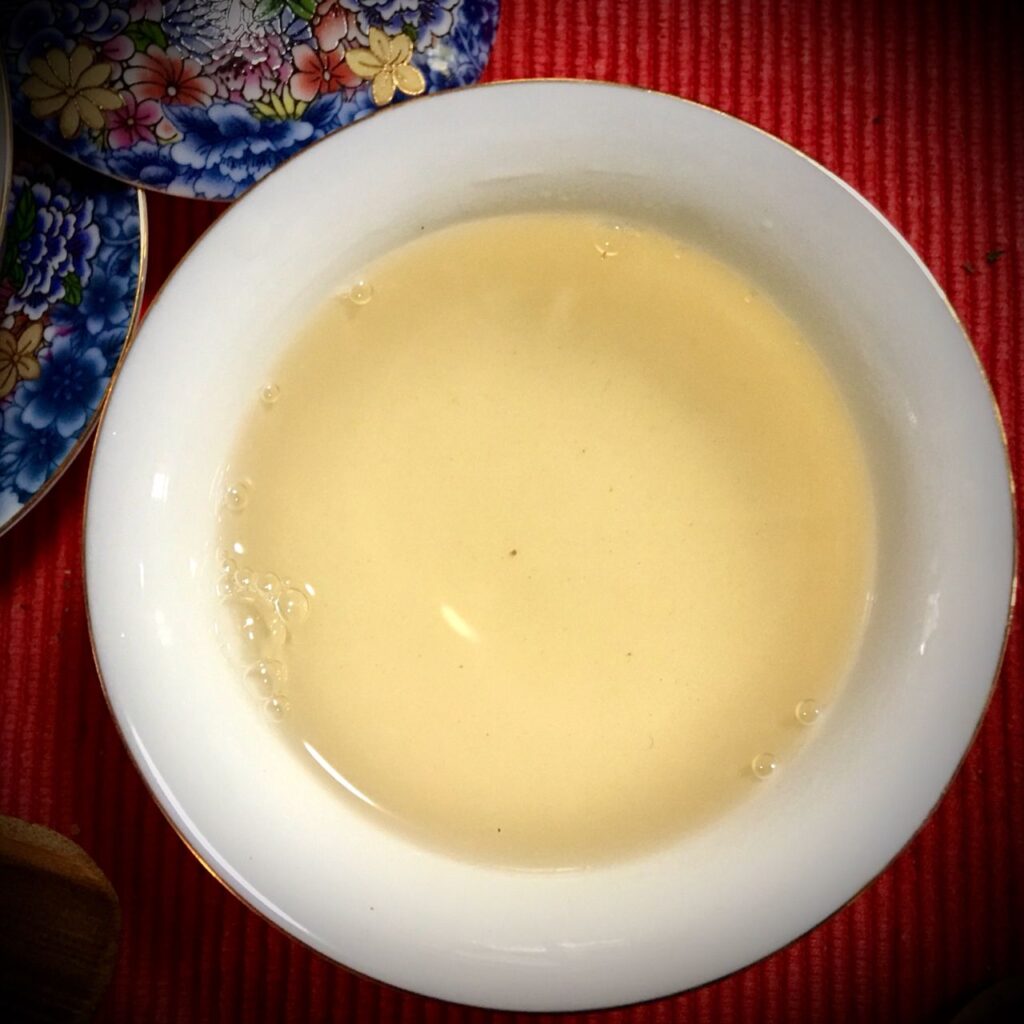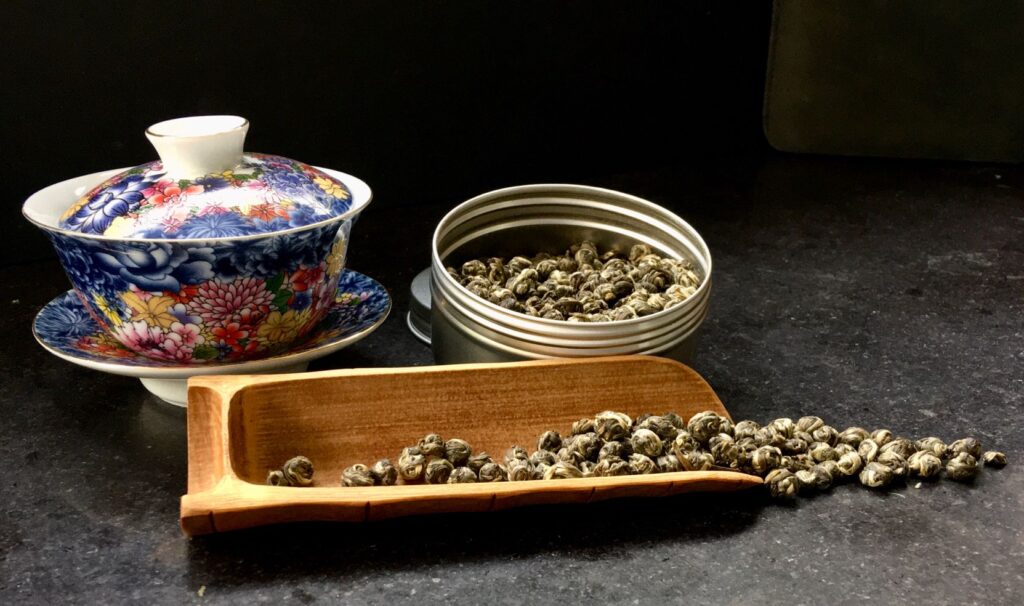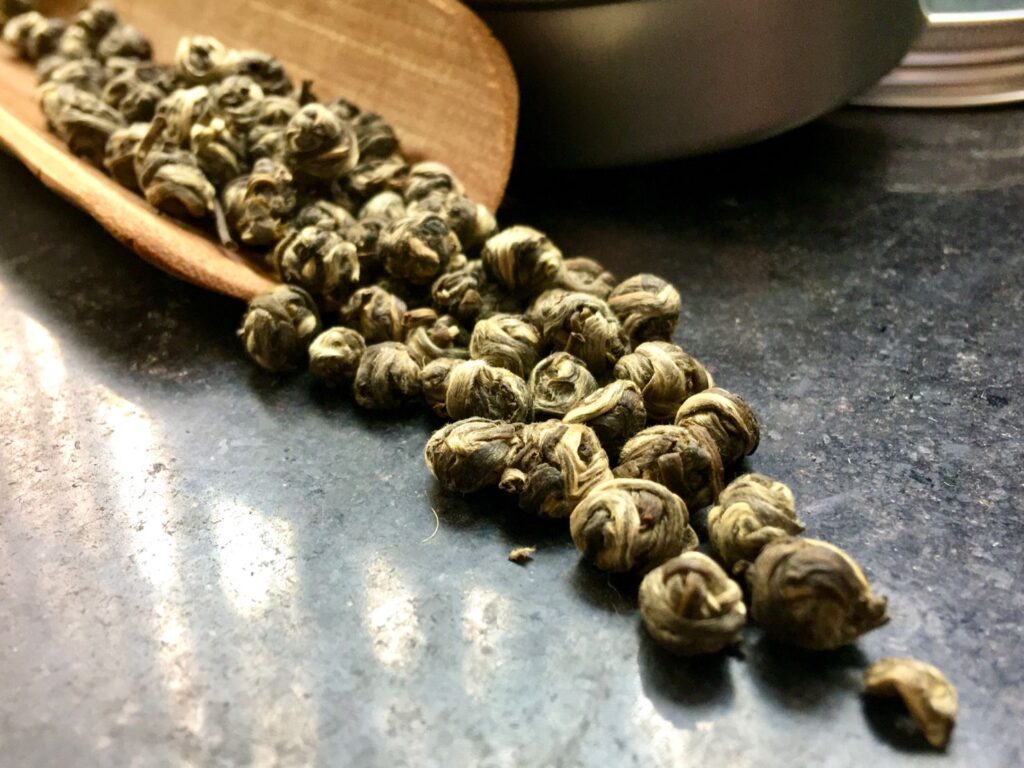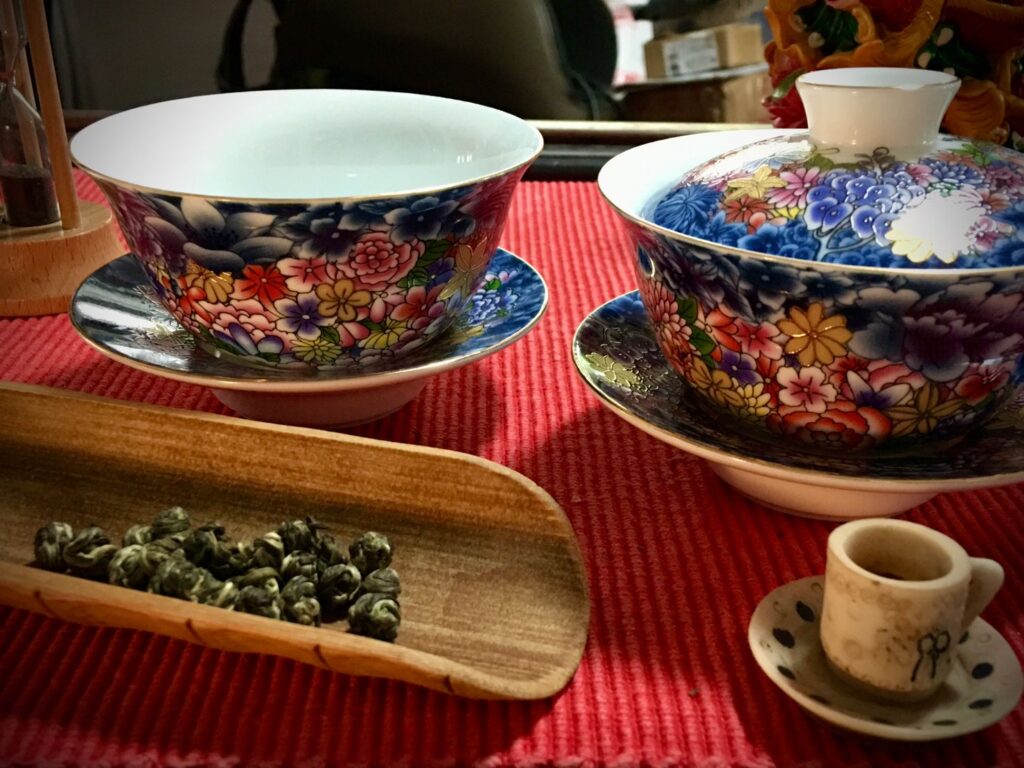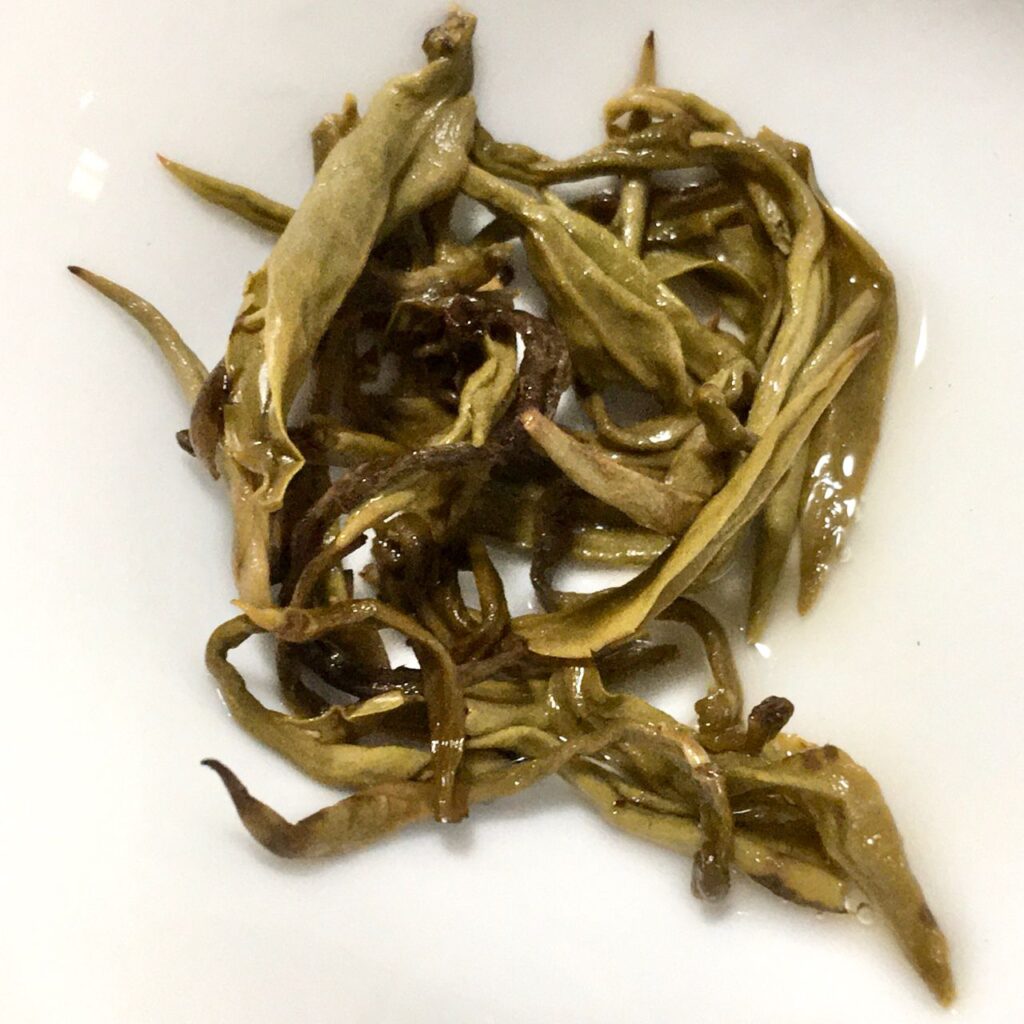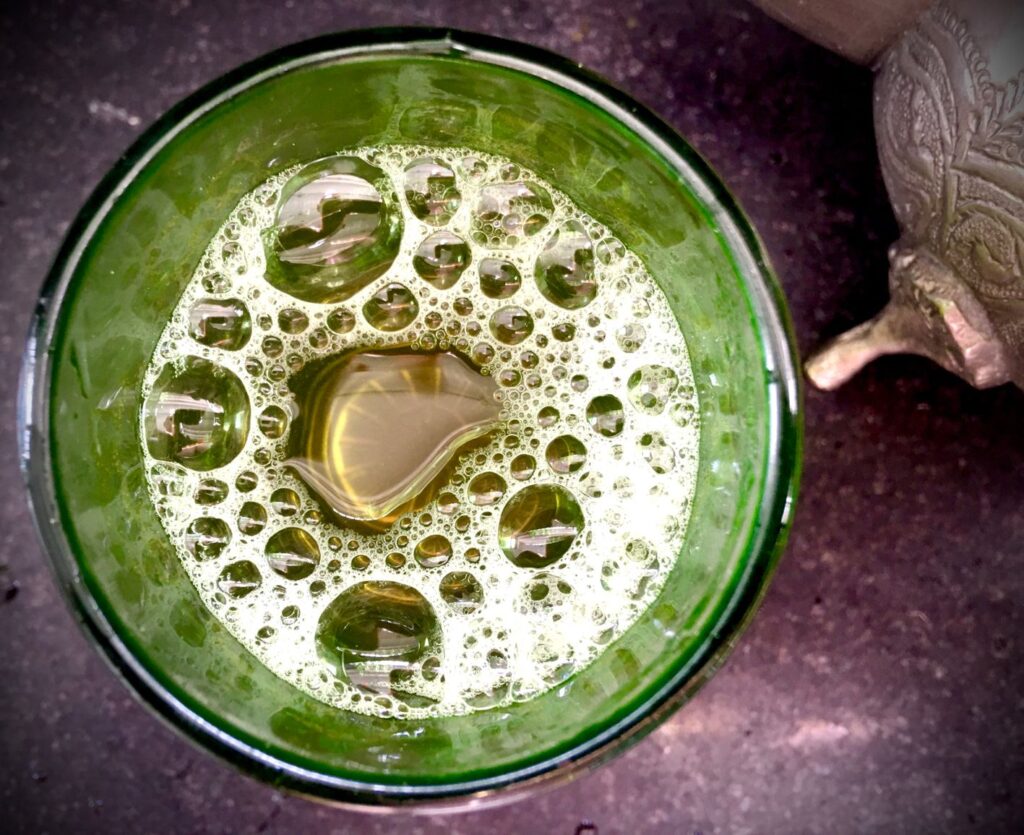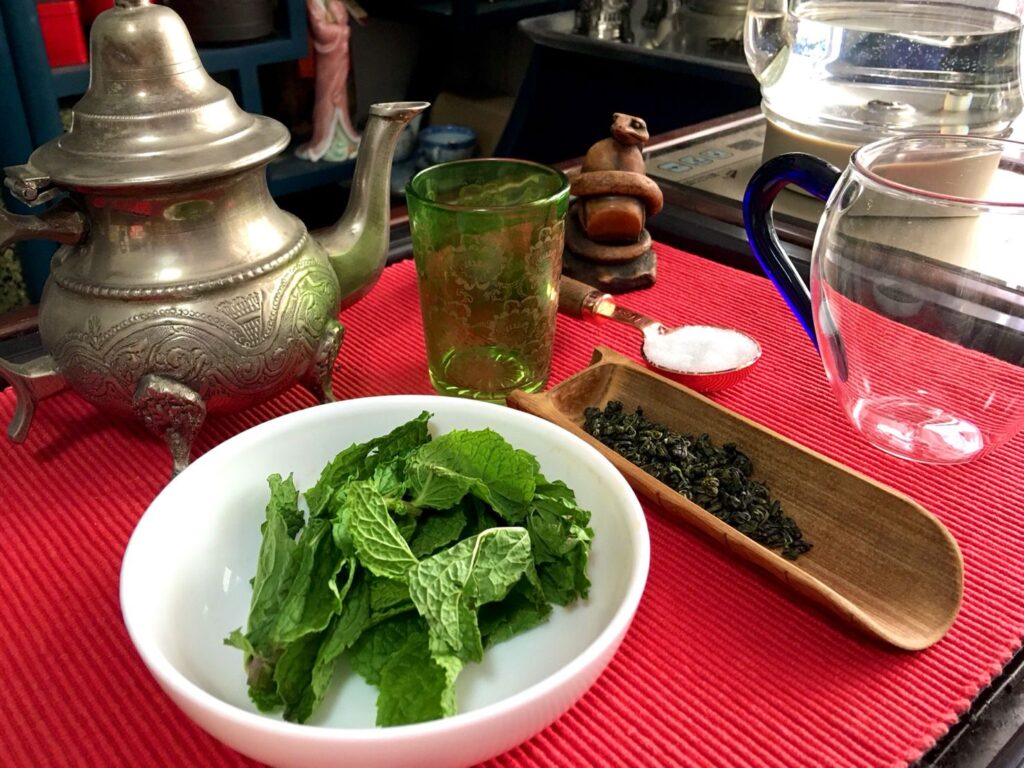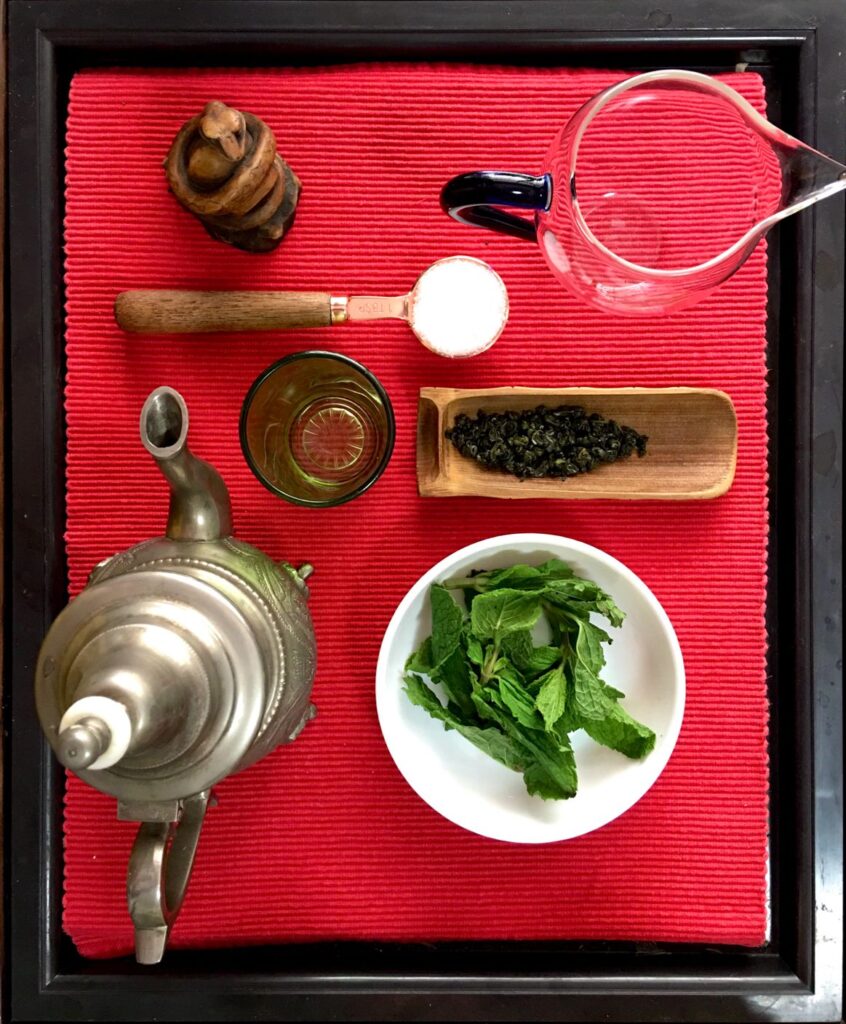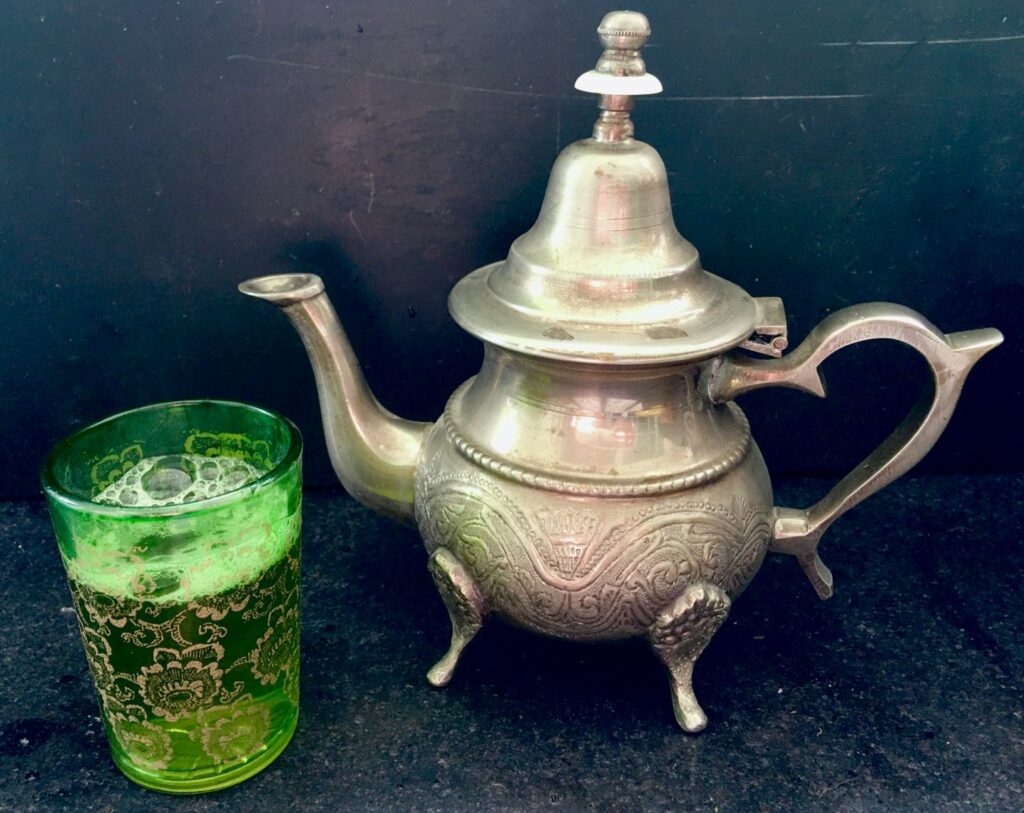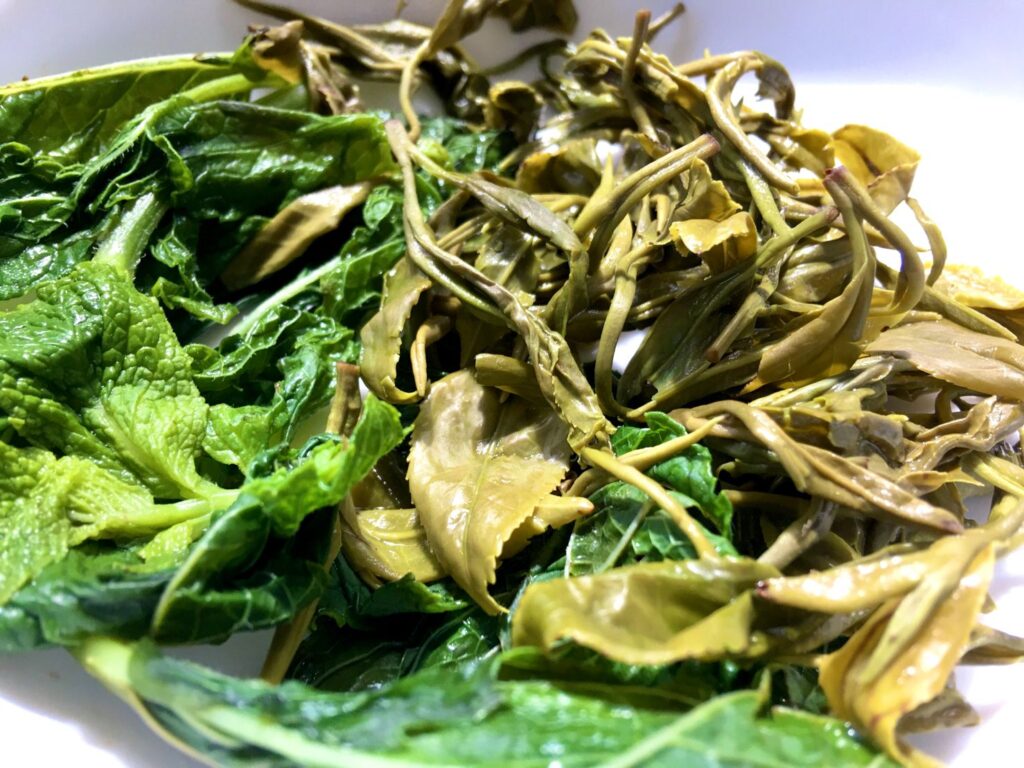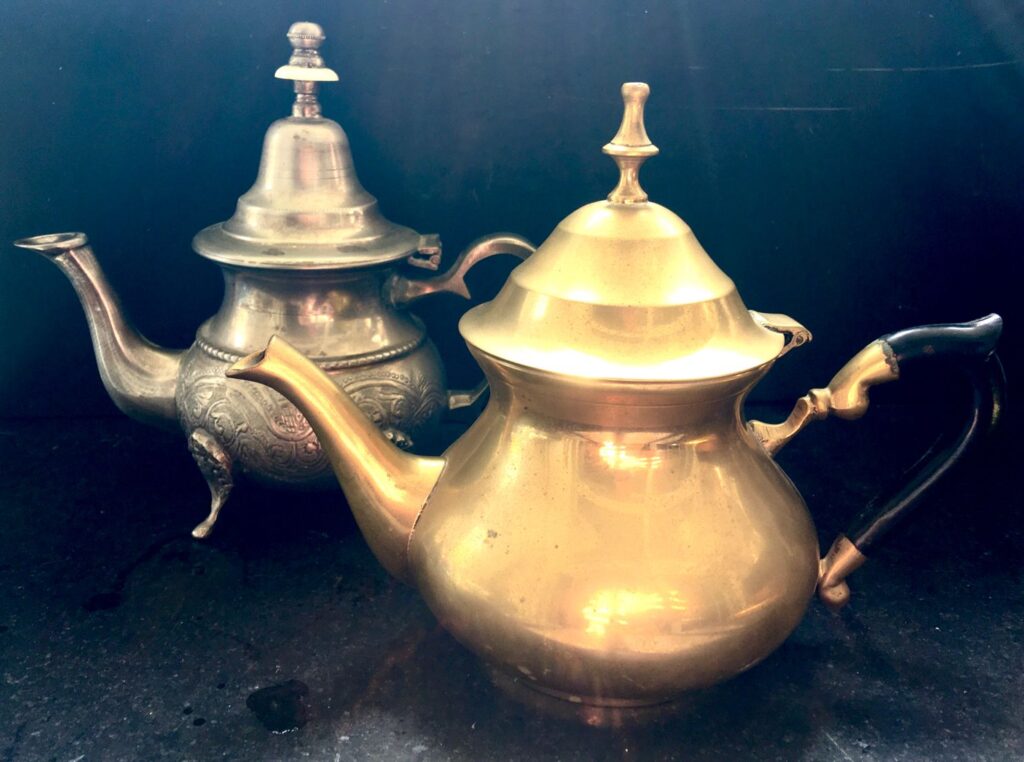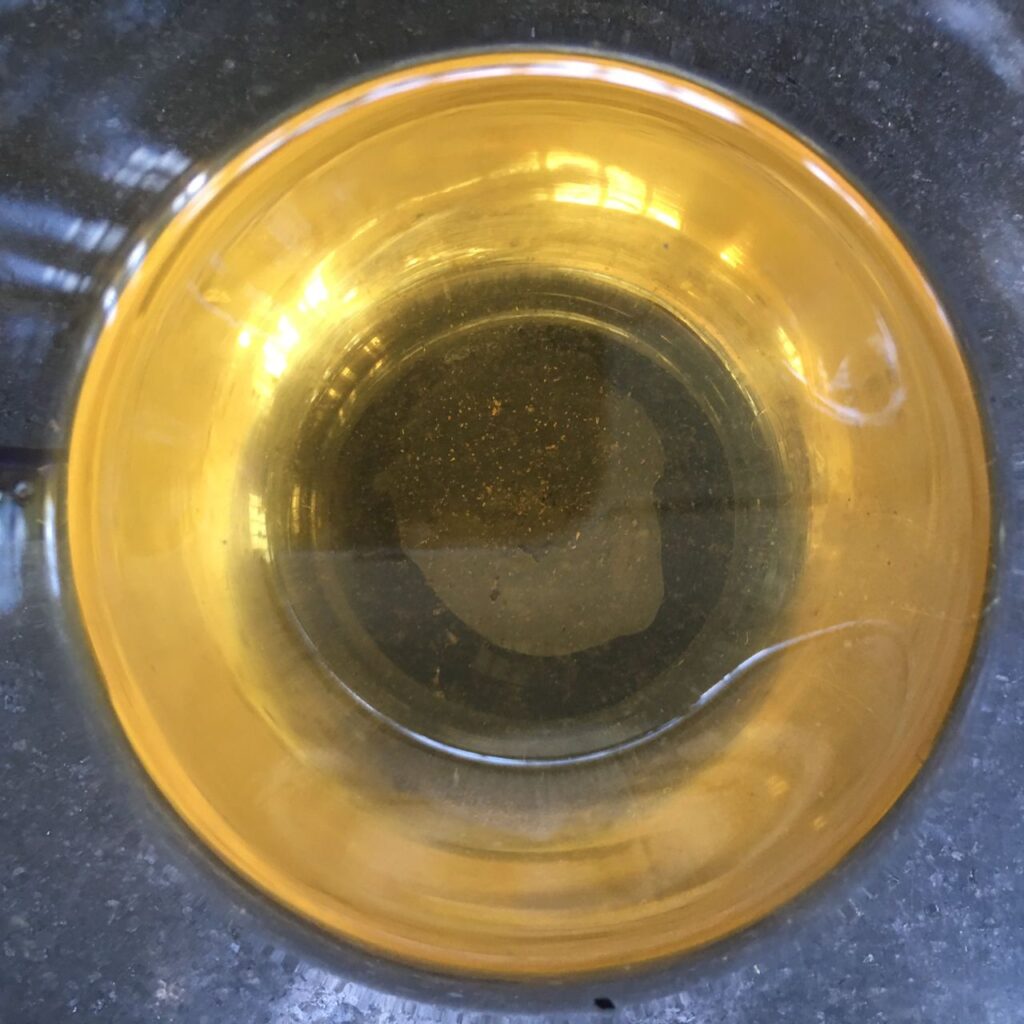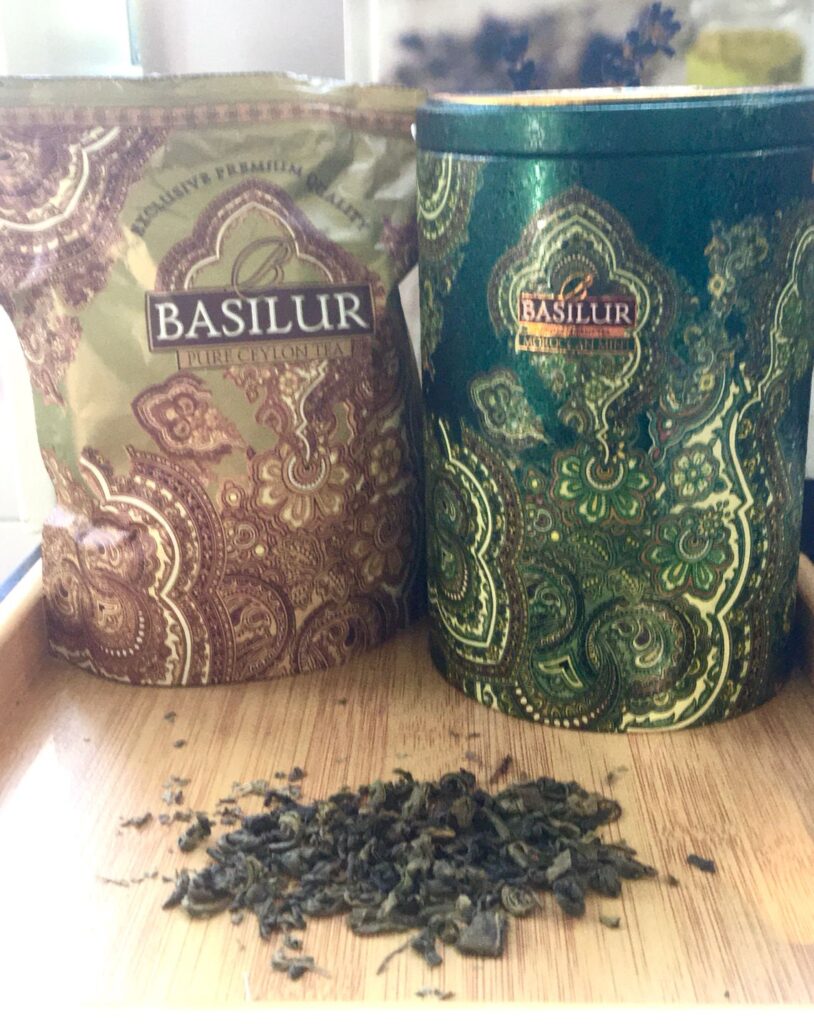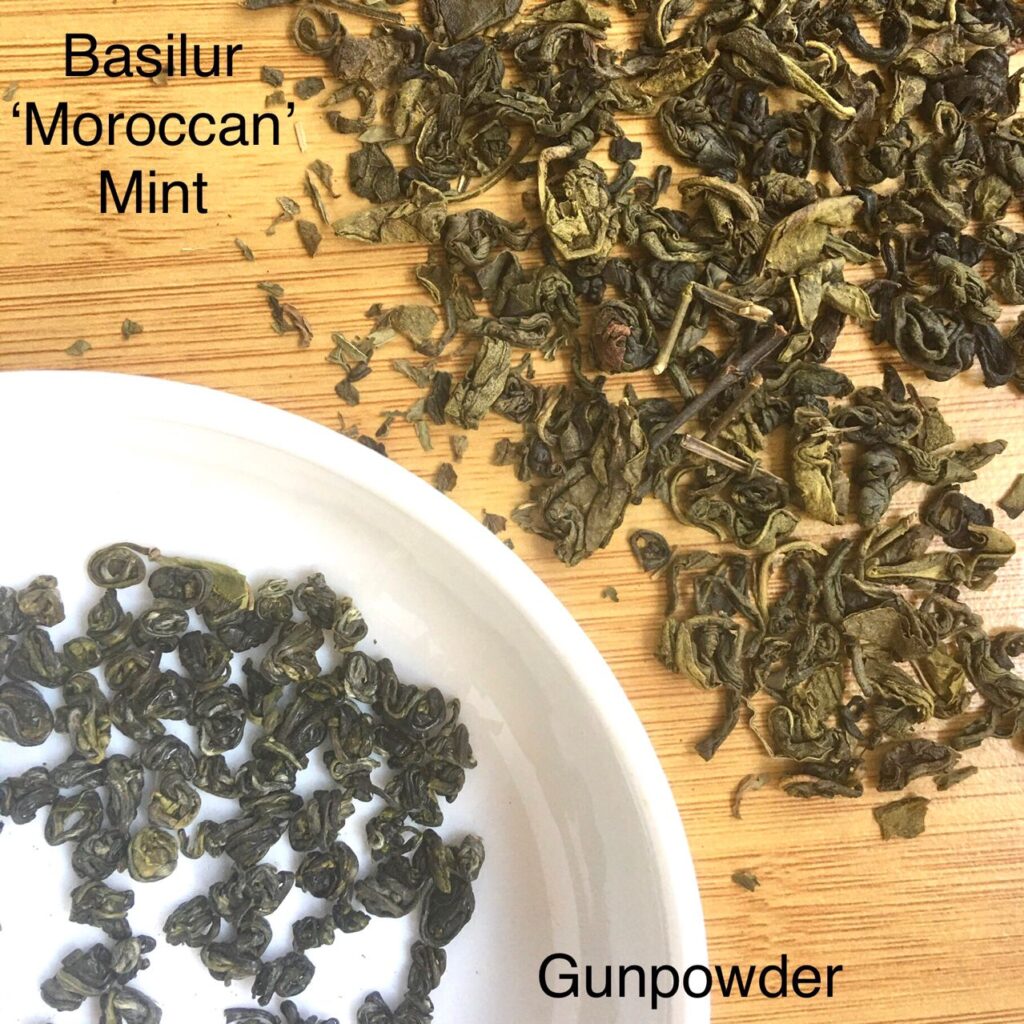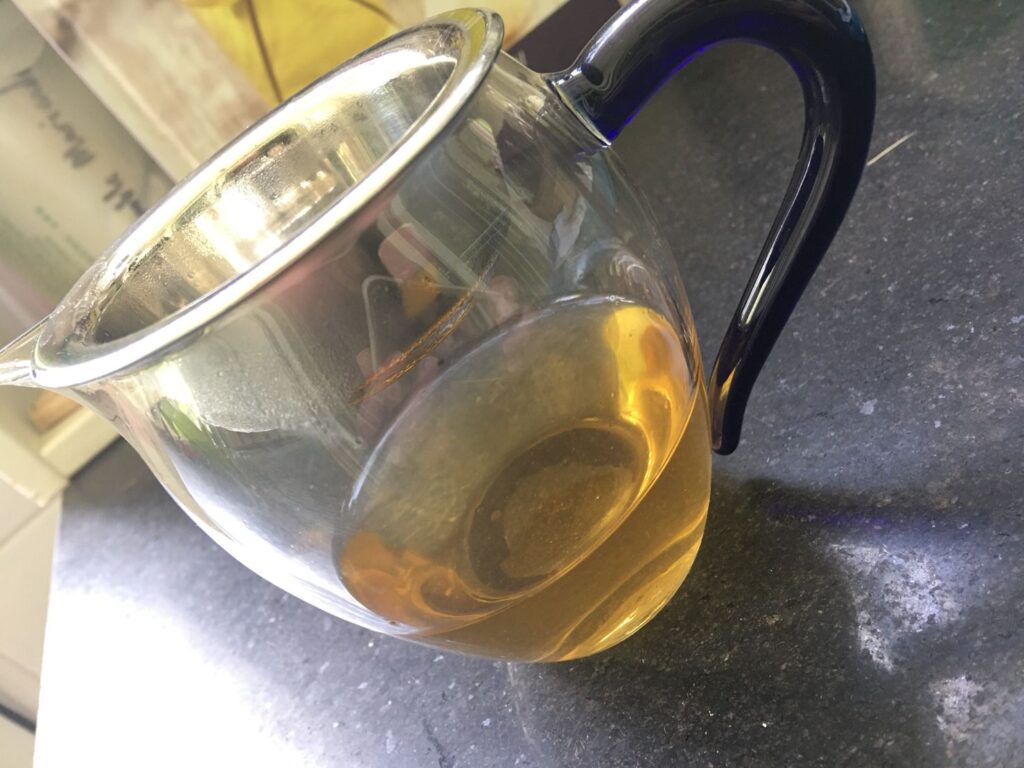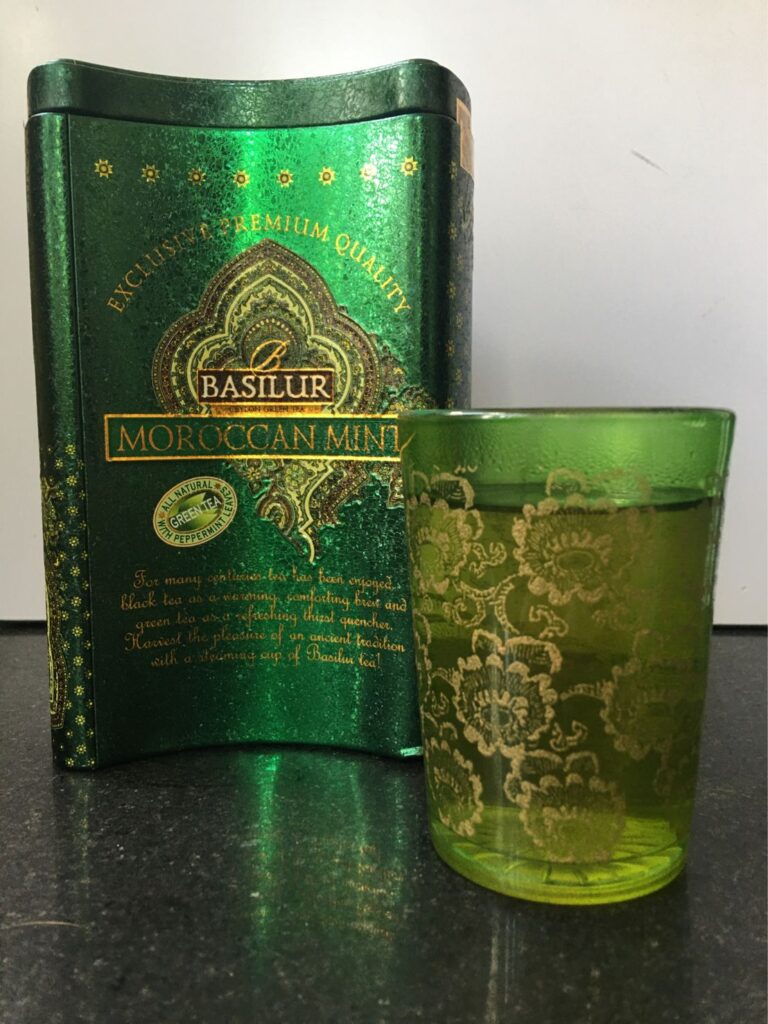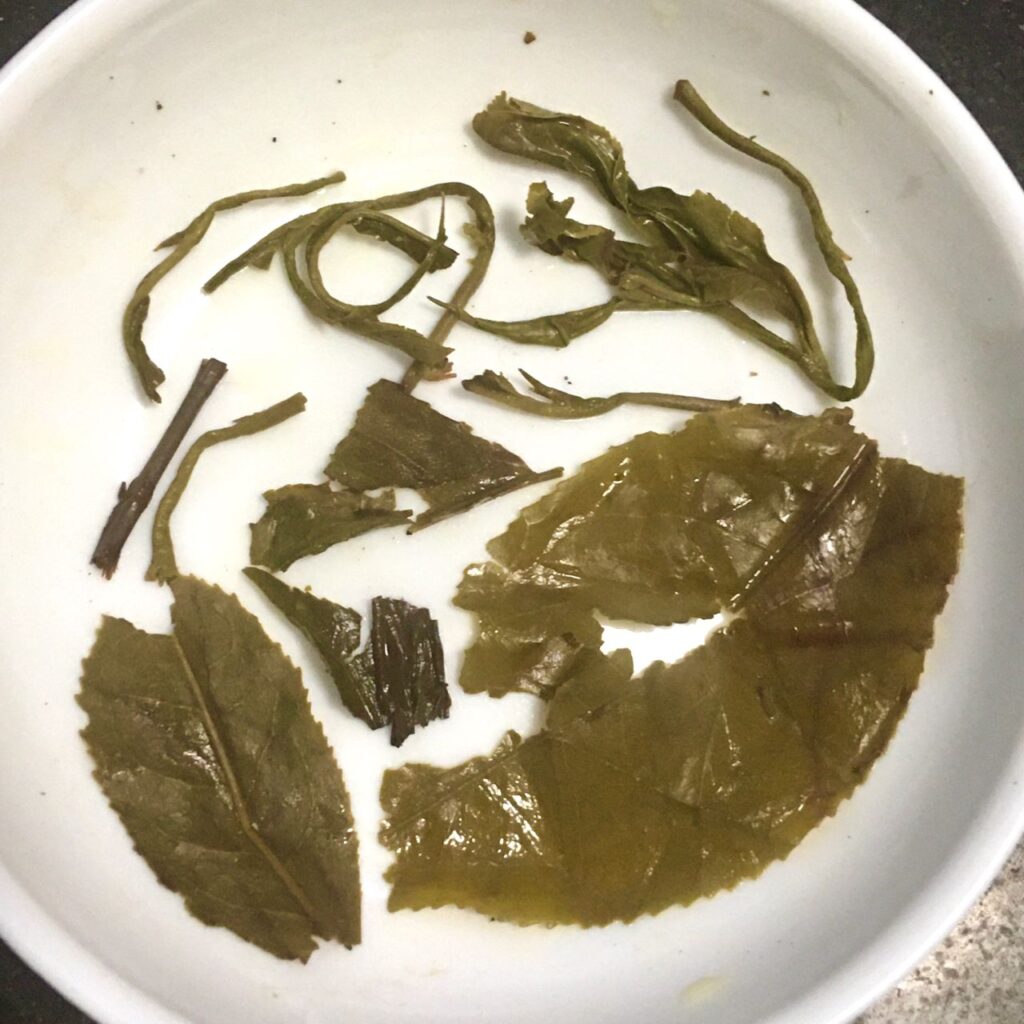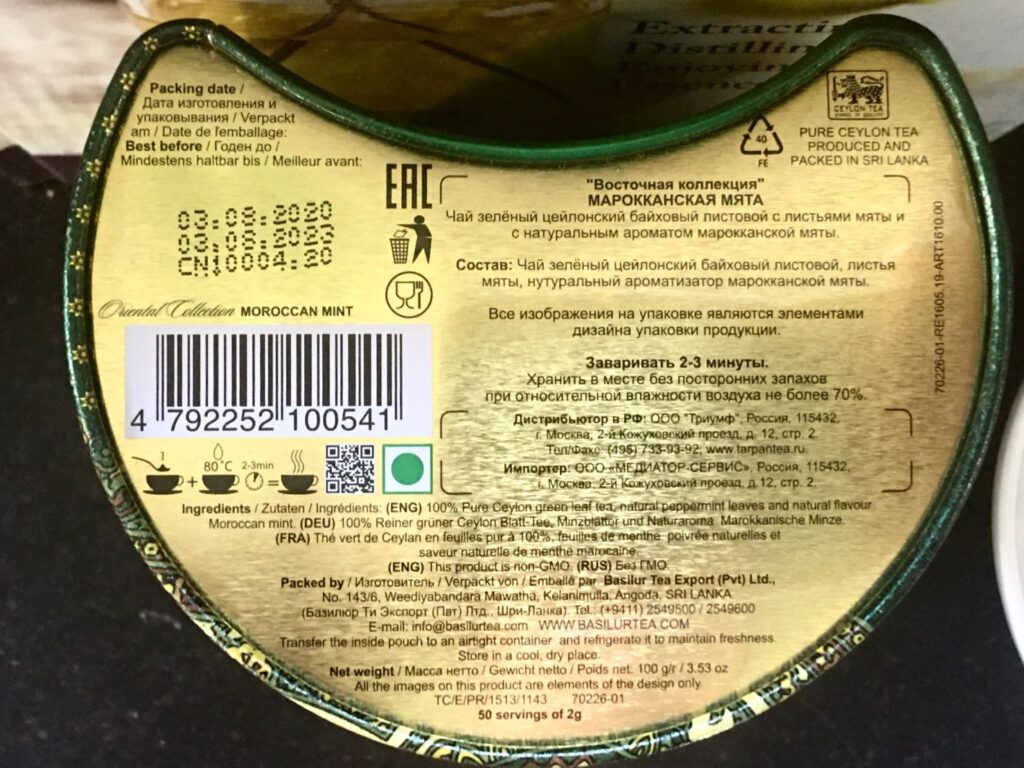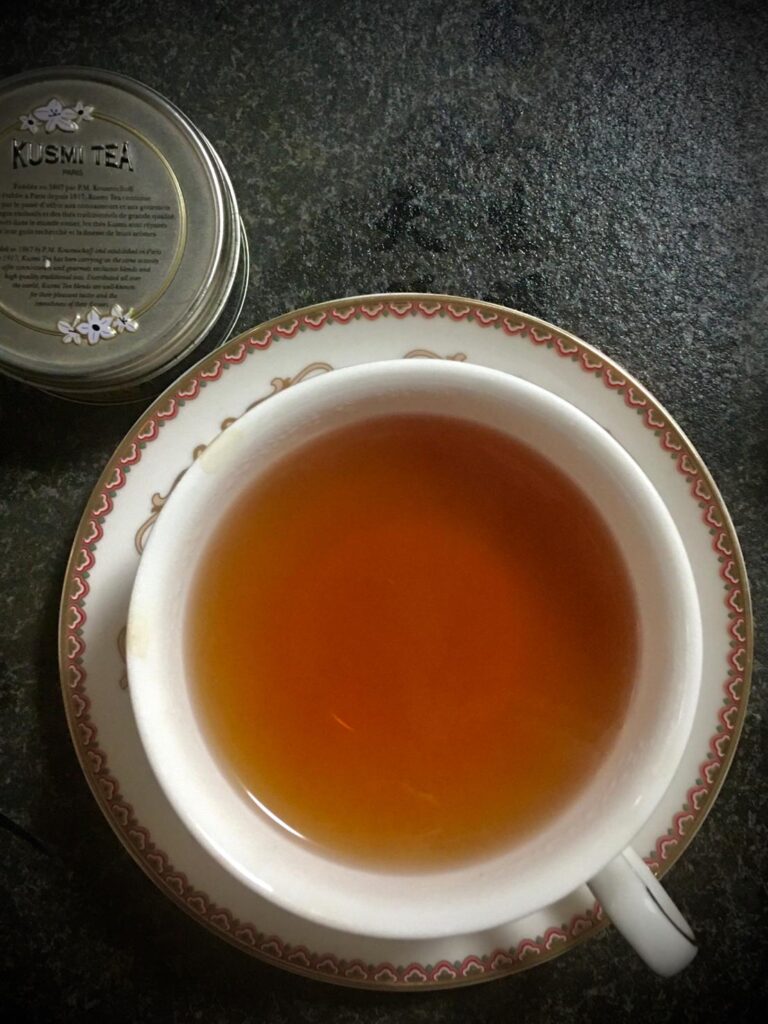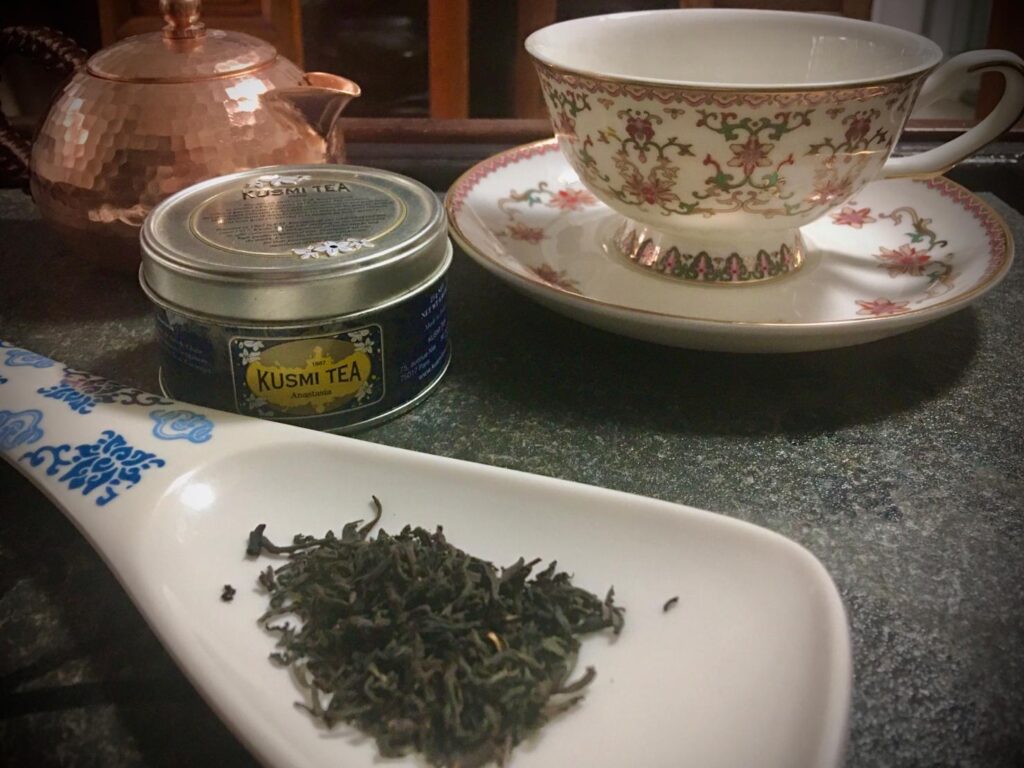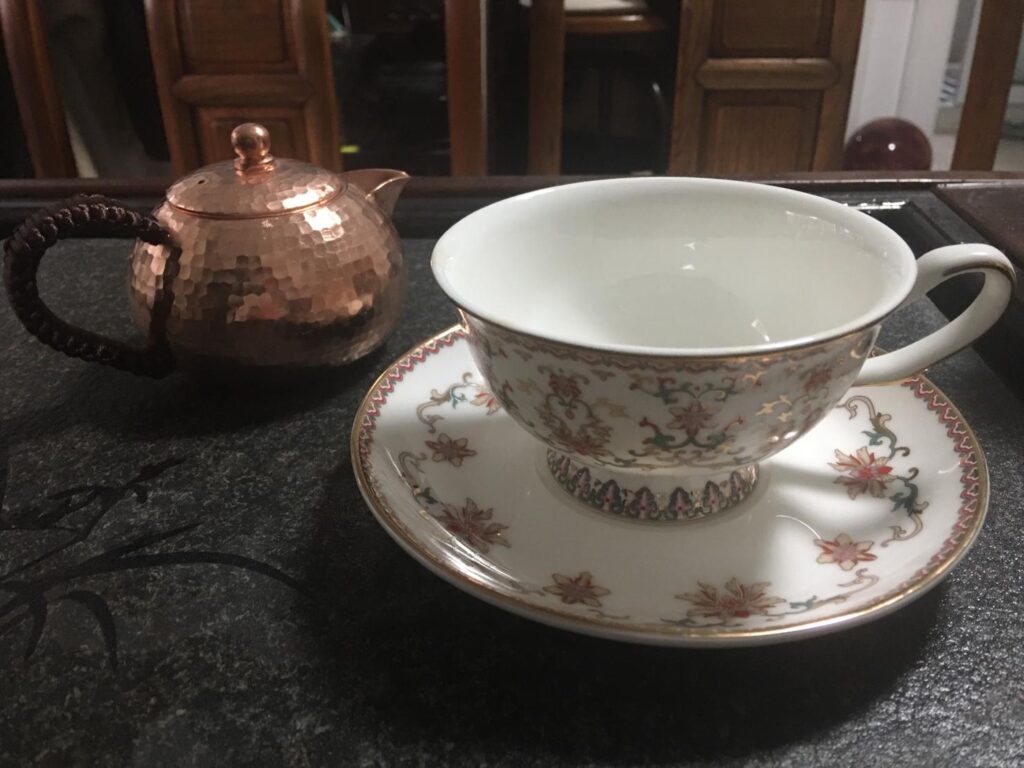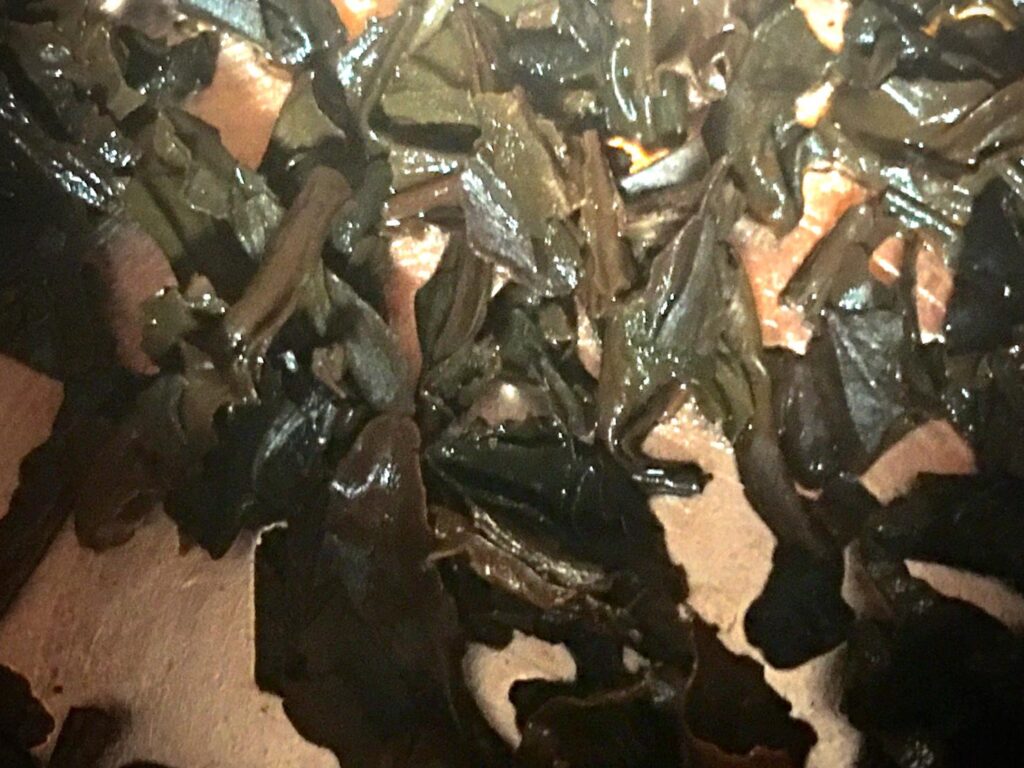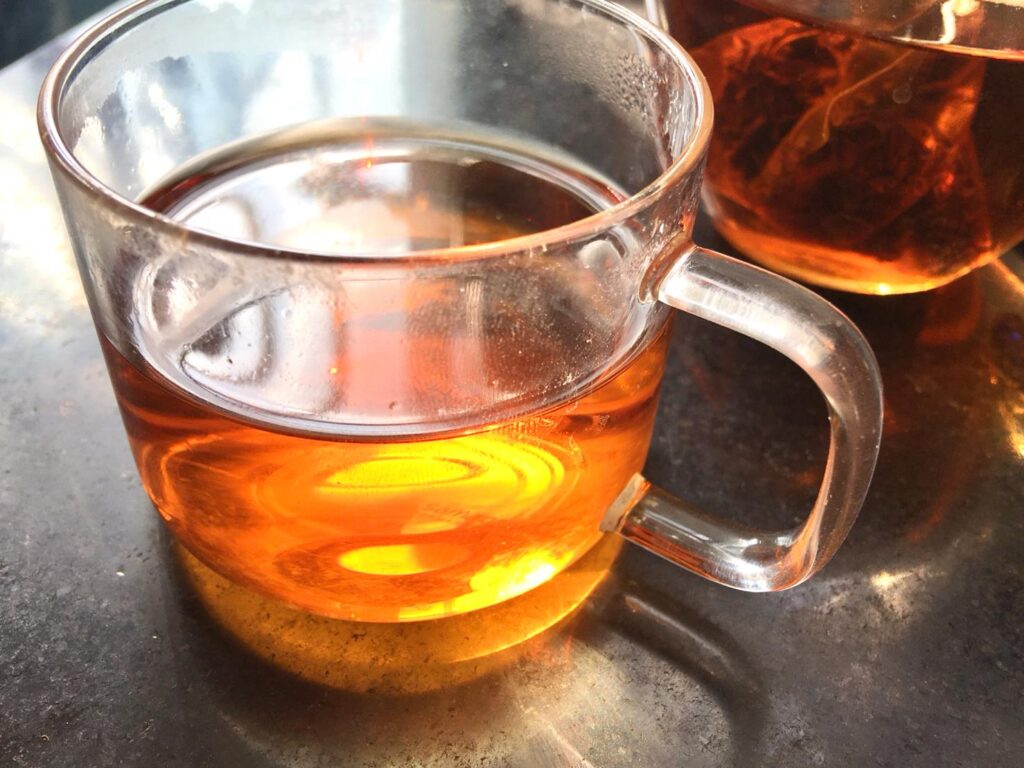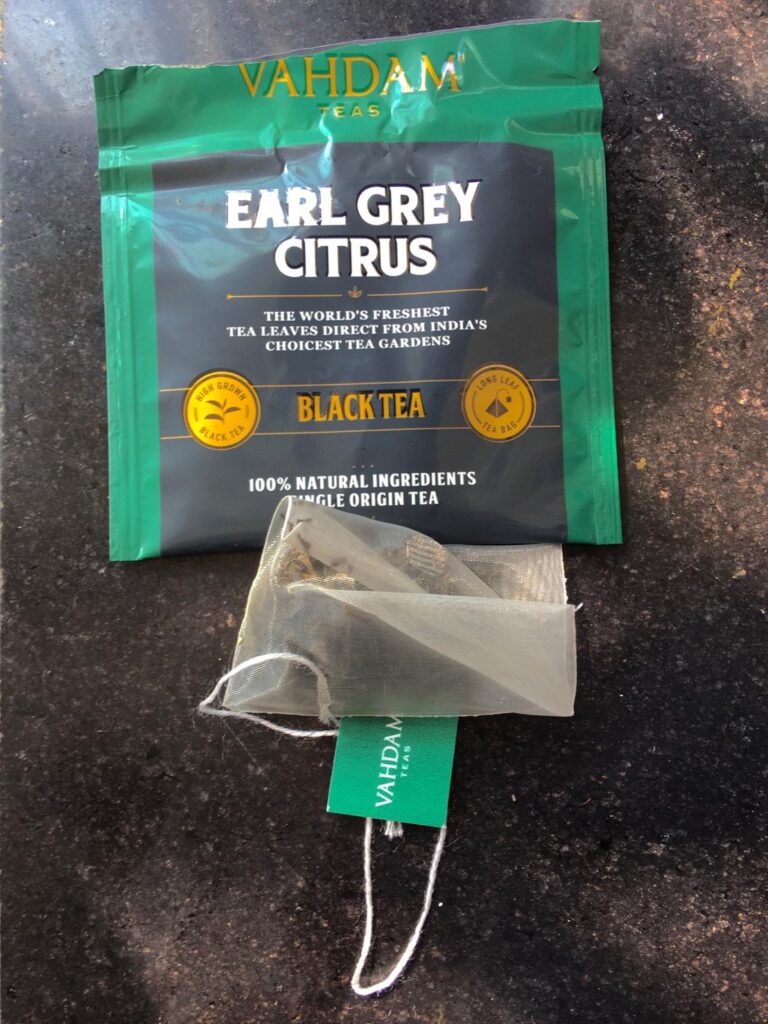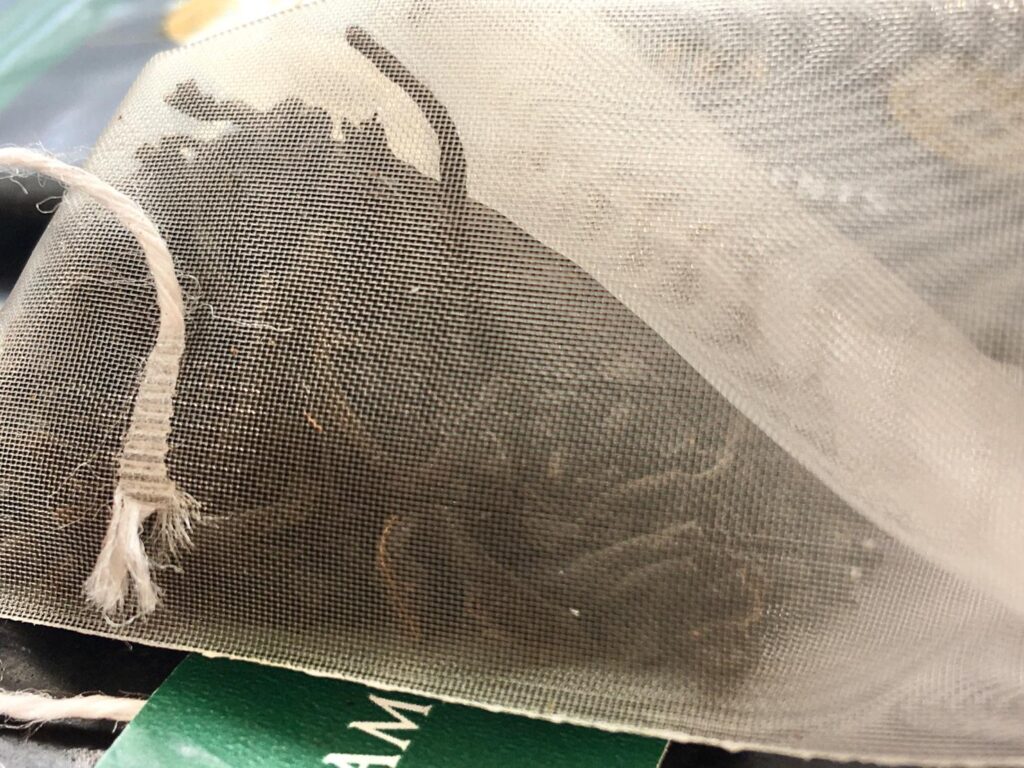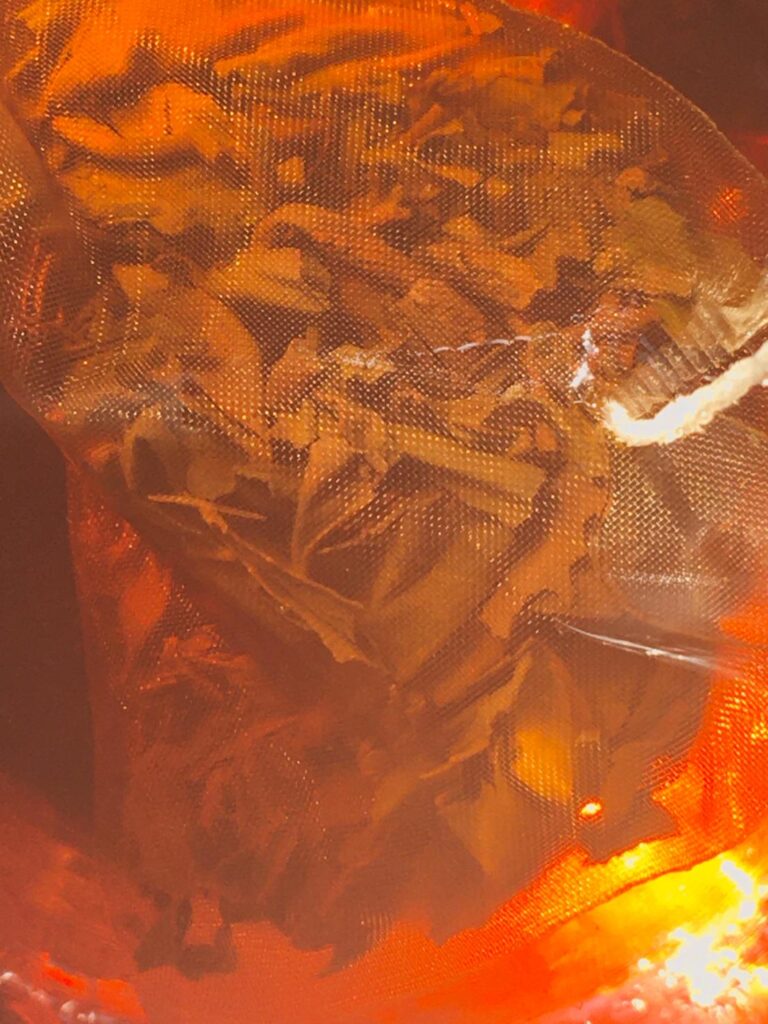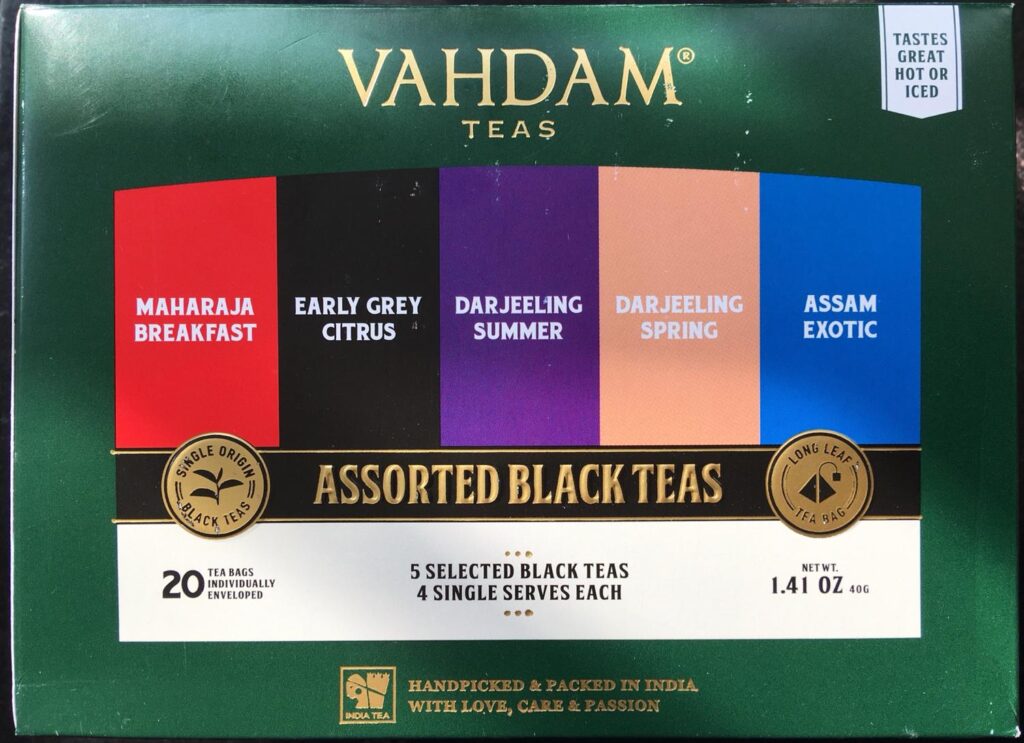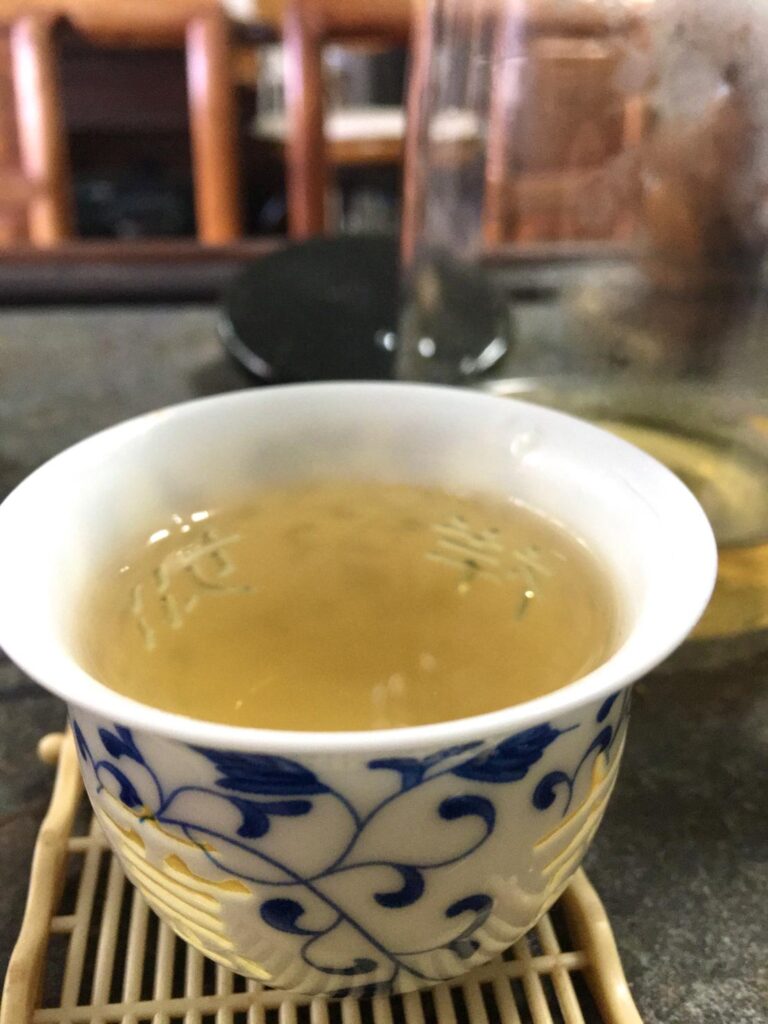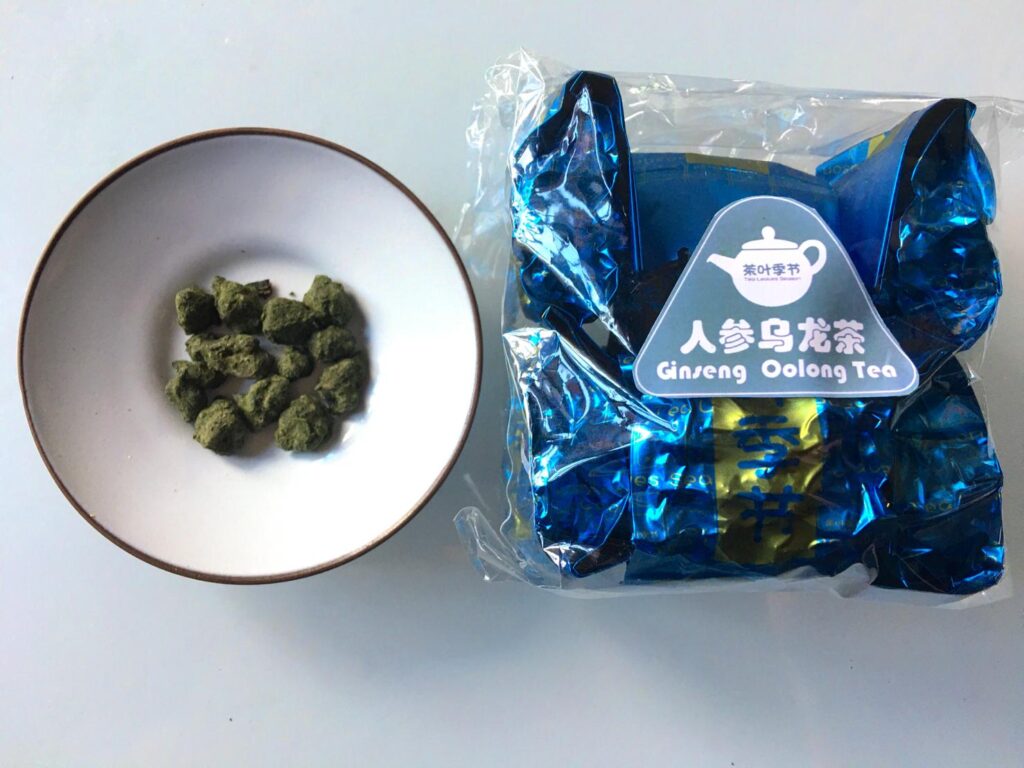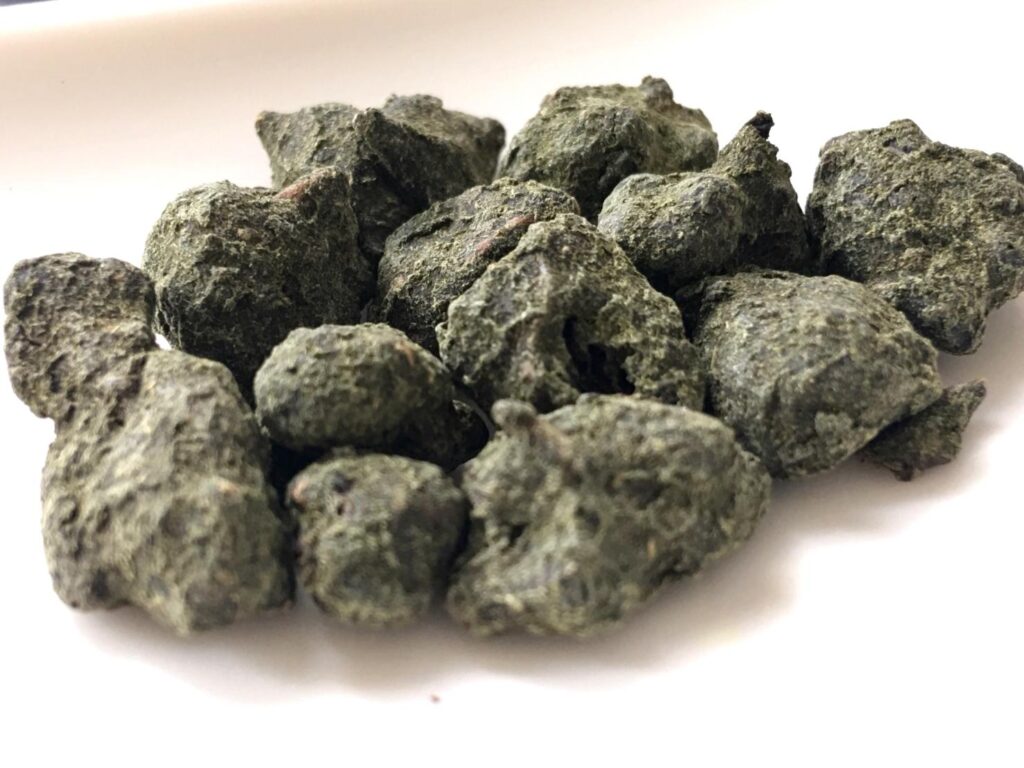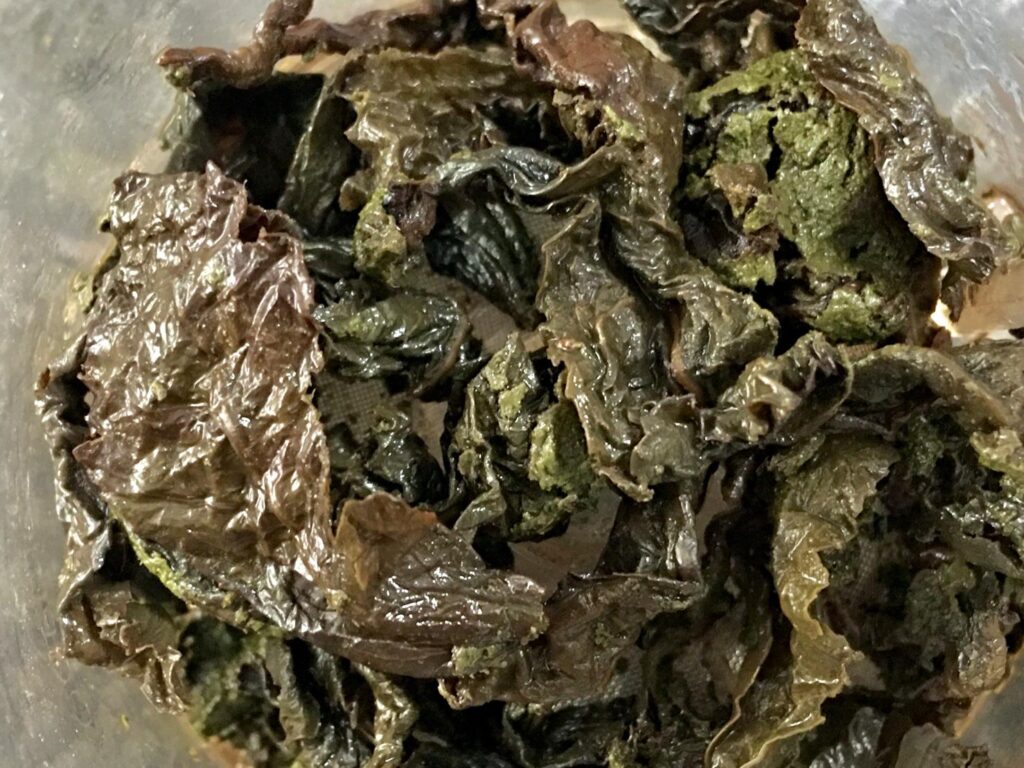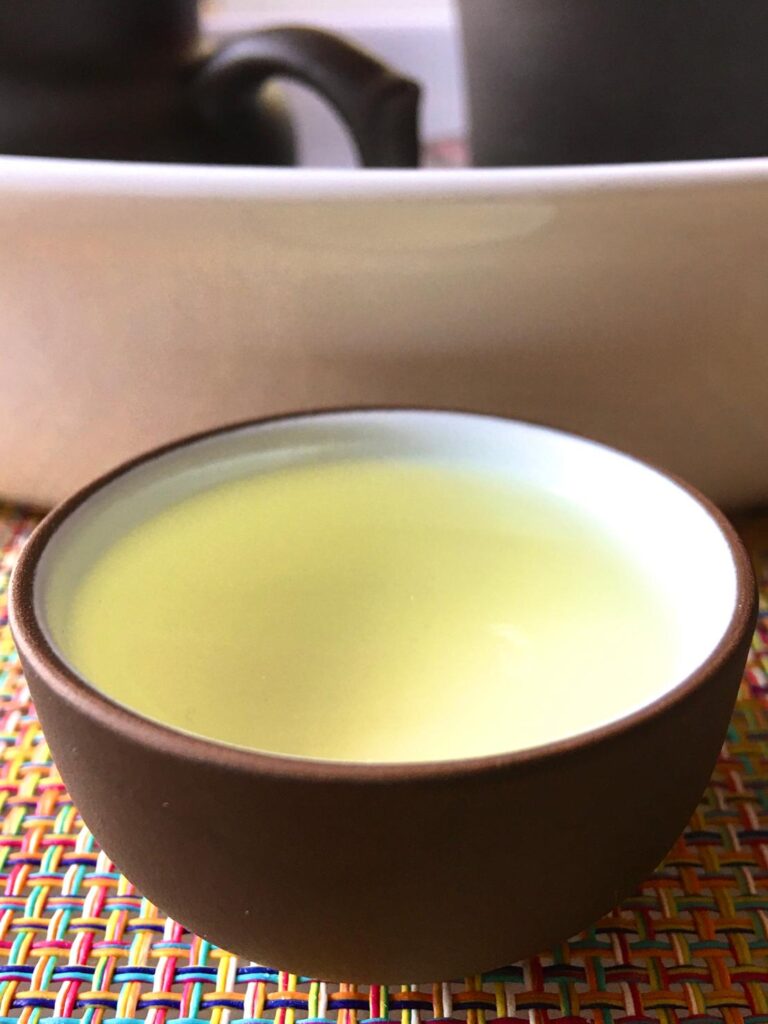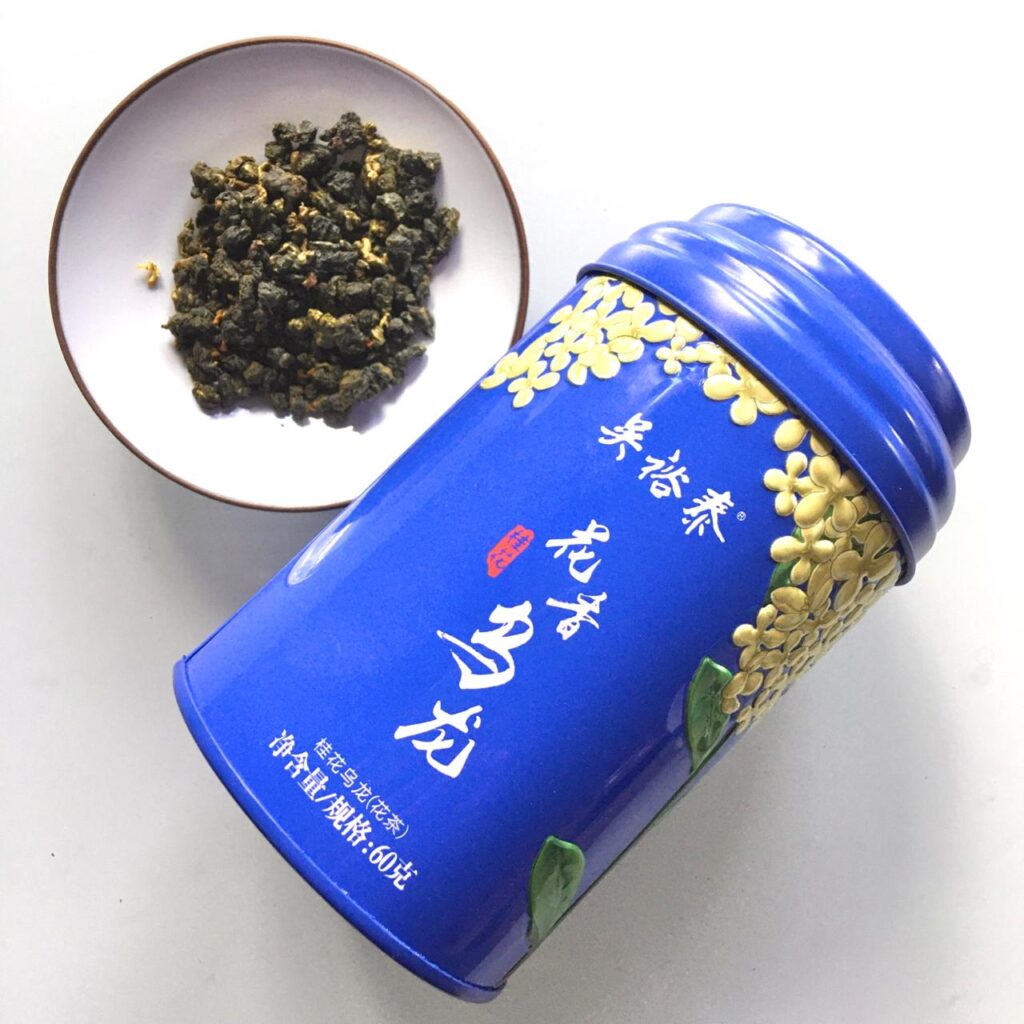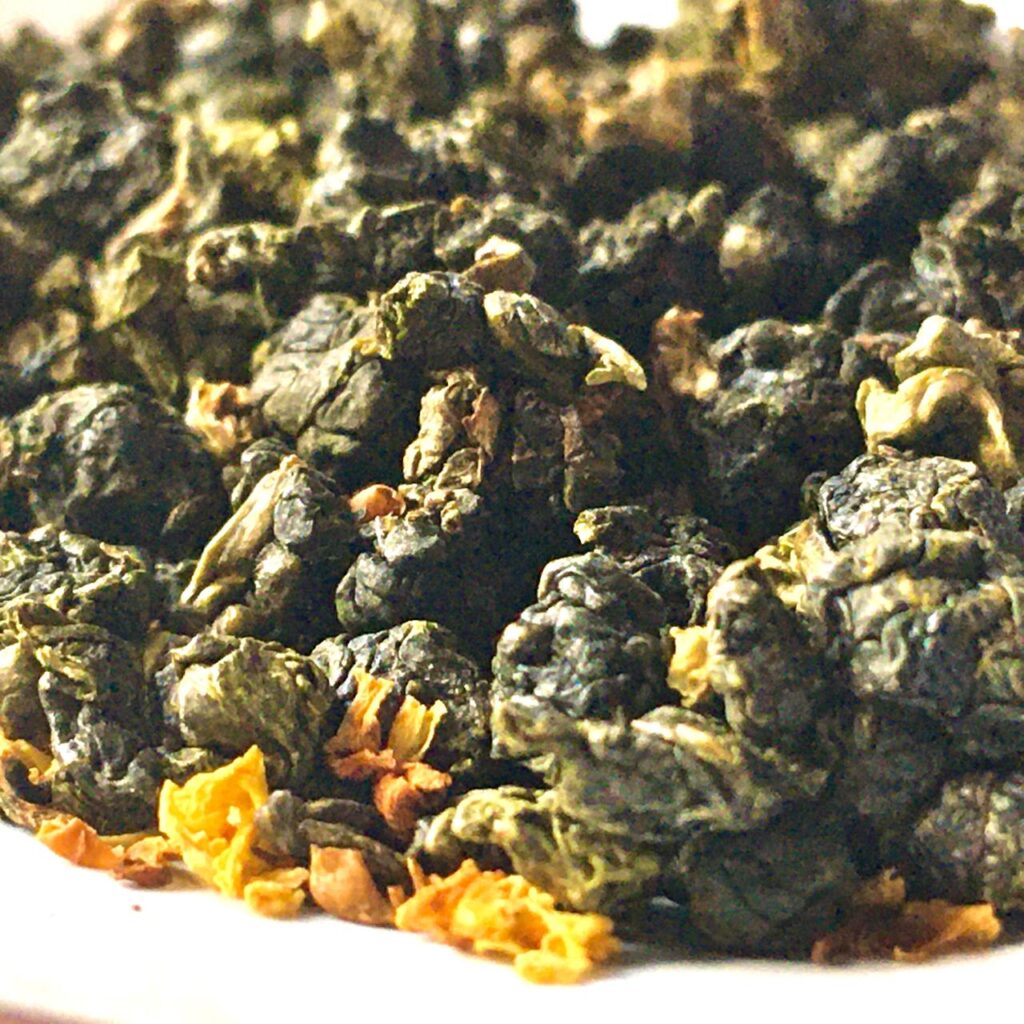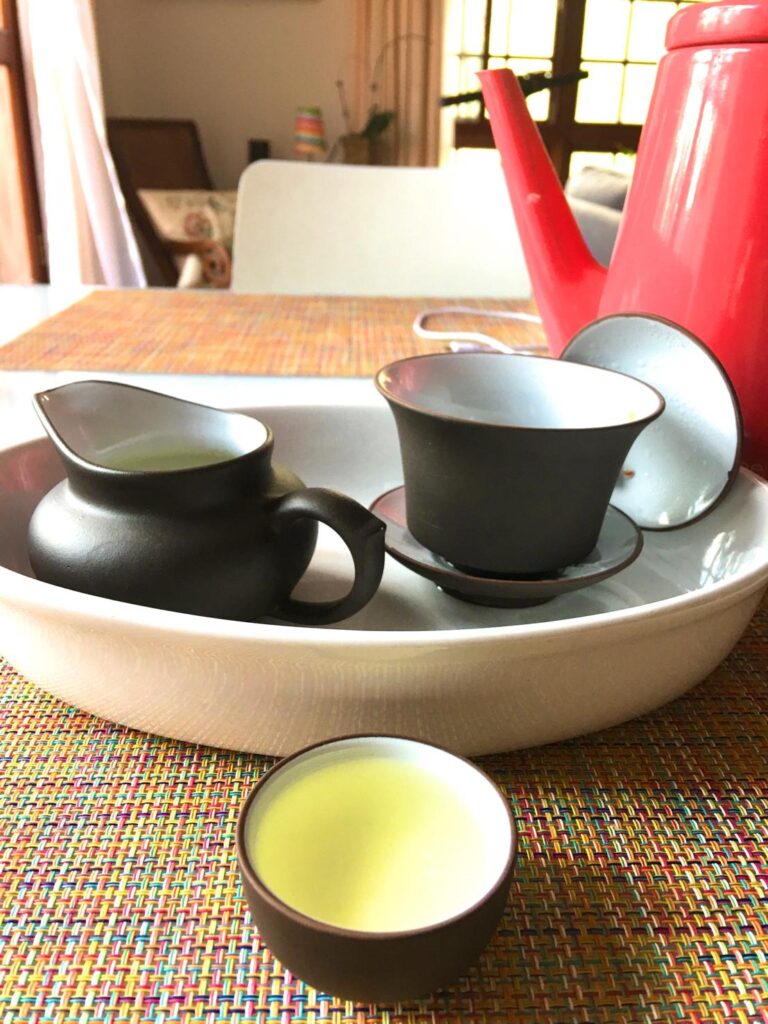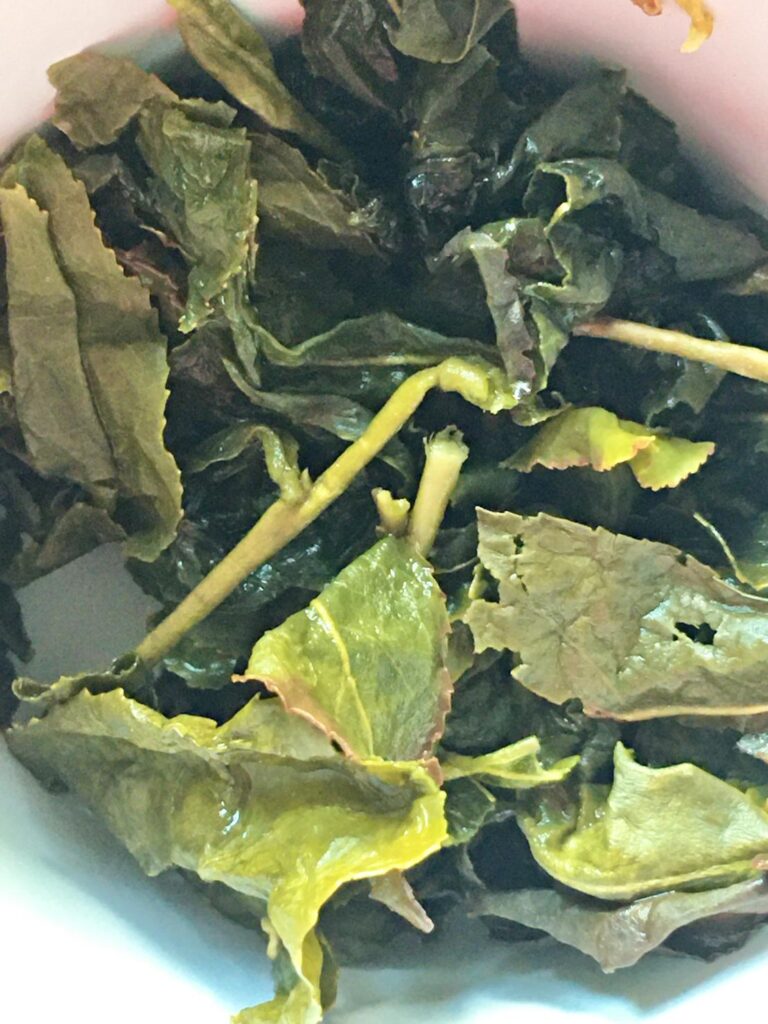C. sinensis var.da bai hao, & Jasminum polyanthum; Fuding County, Ningde City, & Fuzhou City, Fujian Province, >750m; Spring 2021, bud and two leaves, ball rolled, baimudan white tea, infused o/n 6-9 times with late Summer harvest Jasmine flowers; #TodaysTea, #今天的茶, #JīnTiāndeChá, #Tea, #茶, #Chá.
Dry leaf: dark green and silver balls (pearls) of dry leaf with intently aromatic and floral aroma;
Wet leaf: uniformly green which smell intensely aromatic, and floral, with an undertone of sweet stone fruit;
Infusion: 3g of dry leaf (approx. 25 pearls) in 150ml of water for 20-30sec. @85-85deg. C
Liquor: pale yellow with a noticeable floral scent;
Mouthfeel: creamy, moderately thick, stimulating, lingering, light bitterness on the tip of the tongue;
Taste: florist shop green, and peppery, strongly floral, and slightly soapy, ;
This tea is intensely floral from the infusion with Jasmine blossoms. Even using 5 balls of dry leaf in a gaiwan, I find the tea to be aggressively and intensely florally dominant so much so that the base tea flavour is lost. Back in Australia, as a teenager I discovered “Jasmine” Green Tea at our local Chinese Restaurant. I was so enamoured of it that is was the first thing I’d order whenever we went there. It was the cheap stuff, and was never as intensely floral as this tea. Now, is that intensity a bad thing? I honestly don’t know. It is certainly fair to say, that as a concept, this tea? I just don’t get it… and the aroma gives me a headache. Seriously, it makes my sinuses throb.
